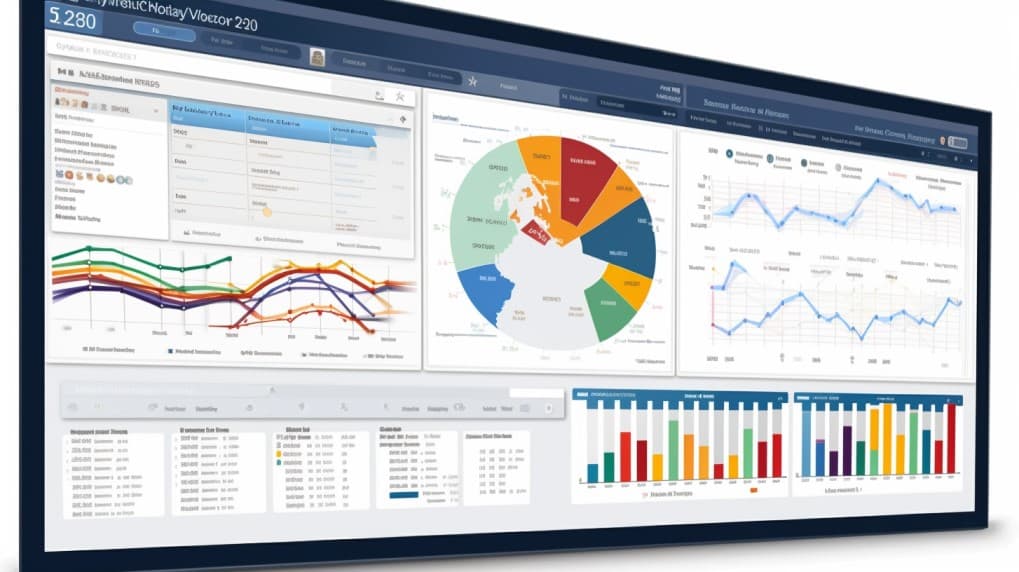
SH VS DOG: A Comprehensive Comparison of ETFs
Exchange-Traded Funds (ETFs) have transformed the landscape of modern investing, offering investors diversified exposure across various sectors and asset classes. In this article, we will conduct a comprehensive comparison between two prominent ETFs: SH (ProShares Short S&P500) and DOG (ProShares Short Dow30). We will delve into key aspects such as the ETF tickers, full names, issuers, sectors, top holdings, capitalization, strategy, tracking, and exposure.
SH VS DOG: Overview
SH and DOG are two ETFs designed to capitalize on market downturns by providing inverse exposure to major U.S. stock market indices. SH aims to track the inverse daily performance of the S&P 500 Index, while DOG targets the Dow Jones Industrial Average (DJIA). The distinction in their underlying indices sets the stage for nuanced investment strategies, which we will explore in the subsequent sections.
SH VS DOG: Sectors and Top Holdings
SH's primary focus is on the inverse performance of the S&P 500, encompassing a broad range of sectors. On the other hand, DOG concentrates on the inverse movement of the DJIA, which comprises 30 large-cap companies. By understanding the sectors and top holdings of these ETFs, investors can make informed decisions based on their market outlook and risk appetite.
 SH overlap SH VS DOG: A Comprehensive Comparison of ETFs
SH overlap SH VS DOG: A Comprehensive Comparison of ETFs
SH VS DOG: Capitalization and Strategy
SH and DOG are distinct in terms of their asset under management (AUM) and strategies. SH's popularity is reflected in its substantial AUM, which showcases its significance for investors seeking to hedge against S&P 500 declines. DOG's strategy revolves around the inverse performance of the DJIA, catering to those concerned about the Dow's movements. Differences in capitalization and strategy lead to varying risk and return potential, underscoring the importance of selecting the right ETF for one's investment goals.
SH VS DOG: Tracking and Exposure
SH and DOG utilize inverse tracking strategies to achieve their goals. SH's performance is inversely correlated with the daily movement of the S&P 500, making it a potential hedge during market declines. DOG's approach involves mirroring the inverse movement of the DJIA, which provides an avenue for investors to capitalize on Dow downturns. Understanding these tracking methods and exposures helps investors tailor their portfolio to changing market conditions.
Conclusion
SH and DOG represent distinct opportunities for investors seeking inverse exposure to the U.S. stock market. The unique strategies of these ETFs offer avenues for potential gains during market downturns. For those interested in gaining deeper insights into holdings, correlations, overlaps, and more, ETF Insider is a valuable tool to consider. With its user-friendly app, it empowers investors with comprehensive details about these and other financial instruments.
Disclaimer: This article does not offer investment advisory services.
Sources:
SH ETF issuer
SH ETF official page
DOG quote and analysis
Discover the top holdings, correlations, and overlaps of ETFs using our visualization tool.
Our app allows you to build and track your portfolio.
To learn more about the DOG ProShares Short Dow30, access our dedicated page now.